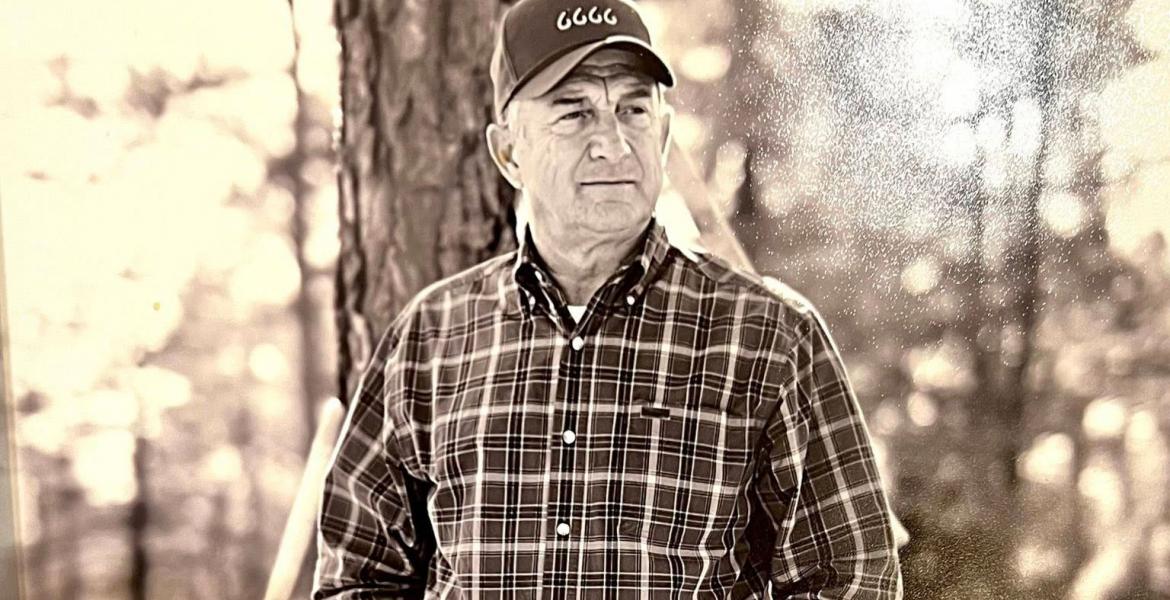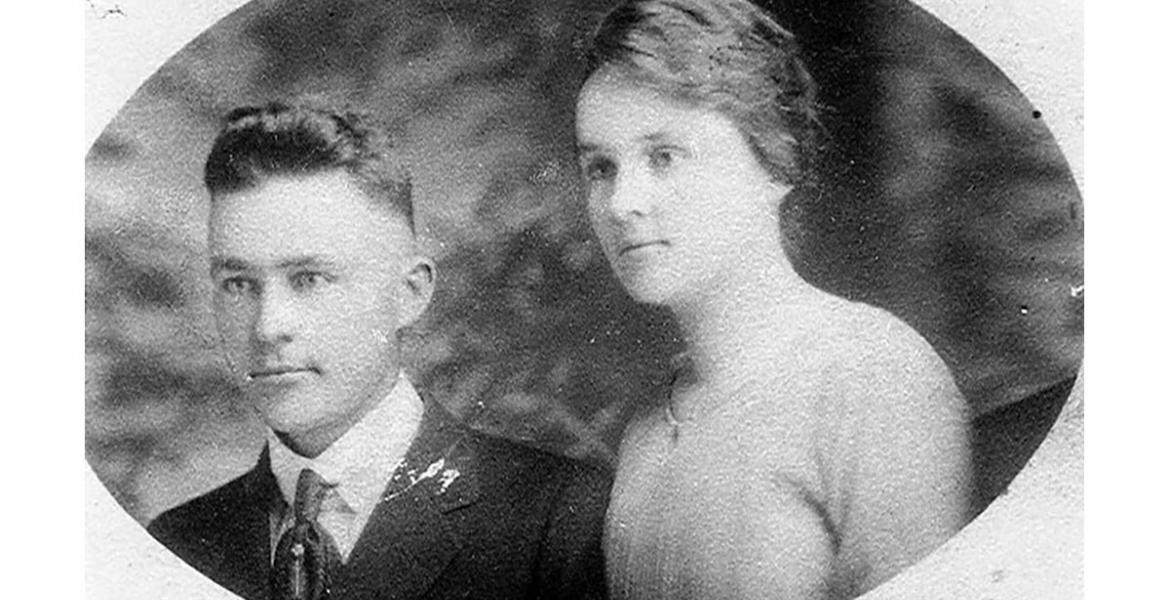In 1941, a young German doctor named Friedrich Mennecke sat in his Bielefeld hotel room, writing a letter to his wife. Along with a group of selected physicians and experts in hereditary biology, Mennecke had recently been assigned to the oversee the operations within a group of asylums in Gadderbaum, homes originally intended for the care of epileptics, and since re-purposed to house patients who suffered from an array of different mental and physical afflictions during the years surrounding World War II.
A stickler for detail, Mennecke began meticulously describing his dinner entrees, along with the origin and year of the wine he was drinking, followed by a matter-of-fact mention of the days' work and finally, his love and regards to the family.
The work Dr. Mennecke referred to within his letter was an offshoot of eugenics, specifically euthanasia, in a government sponsored program coined Aktion T4, in which on-the-spot selections of "ballast/unfit existences" were tagged and prepared for disposal.
Thirty-four patients had been taken care of that day, the doctor told his wife. There were now only 34 more awaiting his attention -- in the unit known as "Haus Arafna".
In Niemcy, Germany, 50 years later, a duo -- known individually only as Mr. and Mrs. Arafna -- would adopt the name of this asylum, as a metaphorical symbol of their volatile sound and an interest in the morose aspects of humanity.
The genre of Haus Arafna is known as "angst pop", with similarities to those of "power electronics" or "noise", with the instruments consisting of little more than experiments in frequency modulation, oscillator vibrations and voltage control, by way of analog synthesizers.
Musically, the sound is high-energy, jarring and, as with most acts within the genre, is understandably an acquired taste. The lyrical content, which range from Mr. Arafna's primal screams, to Mrs. Arafna's subdued, monotone prose is abstract in nature, and intentionally constructed upon the individual whims and passions which inspire the couple's creations at any given moment in time.
The subject matter runs the gamut, from anger and disgust to ethereal visions and isolation, though lyrically, they have no system of formulae and no agenda. To prevent codifying their material, or boxing their audience into one particular mindset or preconceived expectation, they choose to leave their "electronic terrorism" open to interpretation, and elaborate very little about the concepts behind their music.
Imagery is also an integral component to the Arafnas; with sound and visual integration, a complete multimedia experience is achieved. Their album cover sleeves and accompanying artwork are a very diverse mixture of 20th century art nouveau inspired romanticism, and the contrastingly unsettling photos of human oddities, medical experimentation and atrocities.
Life isn't always pretty or sympathetic; in fact, it's sometimes downright painful and grievous, and Haus Arafna make no effort to pacify the faint-hearted. Nature is struggle, violent and destructive.
Their creative process is of a personal nature, so too is the listening experience, and as the symbolism behind their name suggests, Haus Arafna represents the hidden horrors and tragedy within the darkest confines of the human mind -- their music is simply the keyhole, by which curious eyes may have a look.
Just before 1994, the Mr. and Mrs. branched out into a musical project known as November Novelet. Less nihilistic and misanthropic, November Novelet is described as "minimal synth/electro wave," and while the chaotic and violent impressions of "Haus" are lacking, the fervency and emotion is not.
In this project, Mrs. Arafna's raspy poetic narratives take center stage, with musical backdrops of funky drum loops and haunting synthesized soundscapes. At times she is the temptress, beckoning, enticing. Other times she is the melancholic, yet perceptive lover...showcasing the woes of broken hearts and shattered dreams.
In addition to their music, Mr. and Mrs. Arafna have extended their vision and brand beyond their own creations, building an impressive roster of musicians within their genre on their Gallakthorro record label, including Nightmarish, Maska Genetik and Herz Juhning.
In 2009, they reached out to the fashion world and collaborated with clothing designer Katie Gallagher during the fall edition of New York Fashion Week, providing a soundtrack dedicated to her work, entitled New York Rhapsody.
Many of their albums were released as limited edition/imported vinyl, however many tracks are available on CD and MP3 format to date. Haus Arafna and November Novelet may also be heard and seen on YouTube.com.
For over 25 years, Haus Arafna has been a staple in the world of power electronics, throughout Europe and abroad, delivering eclectic soundtracks dedicated to the harsh realities of discord and personal conflict.
These are the evolving sounds and visions of a world gone mad.
This is Haus Arafna.
Subscribe to the LIVE! Daily
Required






Post a comment to this article here: